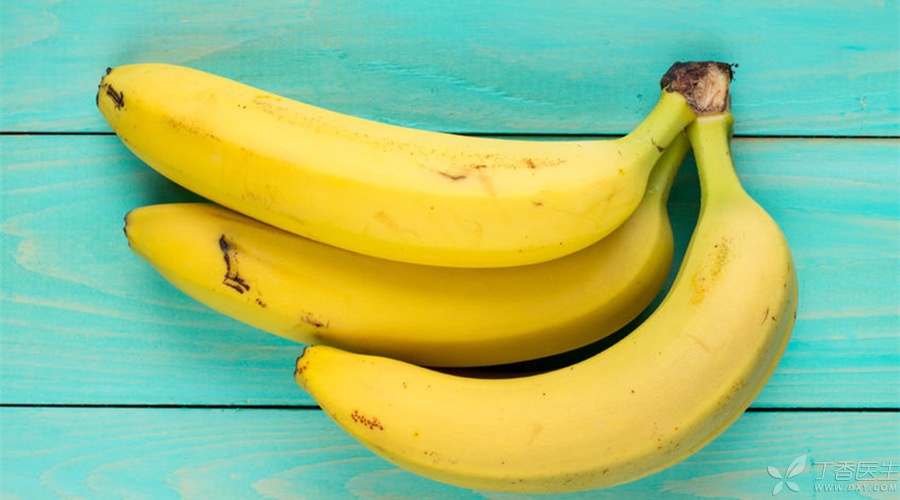
Bananas become small experts in relaxing bowels to a large extent because they complement each other with shape (don’t laugh).
In fact, bananas are no more prominent than other fruits in terms of dietary fiber, which helps relieve constipation, and even cannot compare with pears and pitaya.
Moreover, if you accidentally eat unripe bananas, the tannic acid in them will easily cause constipation. Therefore, when constipation occurs, bananas should not be eaten easily.
The question arises:
What kind of banana is ripe?
Black, does it mean bananas are broken?
Can I eat it on an empty stomach?
Can you lose weight by eating bananas?
… …
Don’t worry, all the things you want to ask about bananas are in this picture:




After reading it all, you may have another question:
There are no trees or hooks in the house, so we can’t hang bananas. What should we do?
Don’t worry, look down.
An Ultra Practical Guide to Banana Preservation
-
The most convenient way is to buy less each time and finish it in time.
-
Need to delay ripening: hang in a ventilated place and stay away from other fruits.
-
Need to speed up ripening: sealed with mangoes, apples, pears and other fruits.
-
If it is ripe (i.e. The banana skin turns yellow completely and black spots begin to appear): if it cannot be eaten for a while, it can be put into the refrigerator for refrigeration. Even if the skin turns black, it can still be eaten.
-
If the banana is already ripe: remove the skin, pack it in a fresh-keeping bag and store it in the freezer. It is excellent for frozen dessert or for homemade milkshakes, cakes, bread, ice cream, yogurt and other foods.
Now, having said so much about bananas, it’s your turn to say:
Leave a message in the comment area and say how to eat bananas is the best way to eat in your heart.
